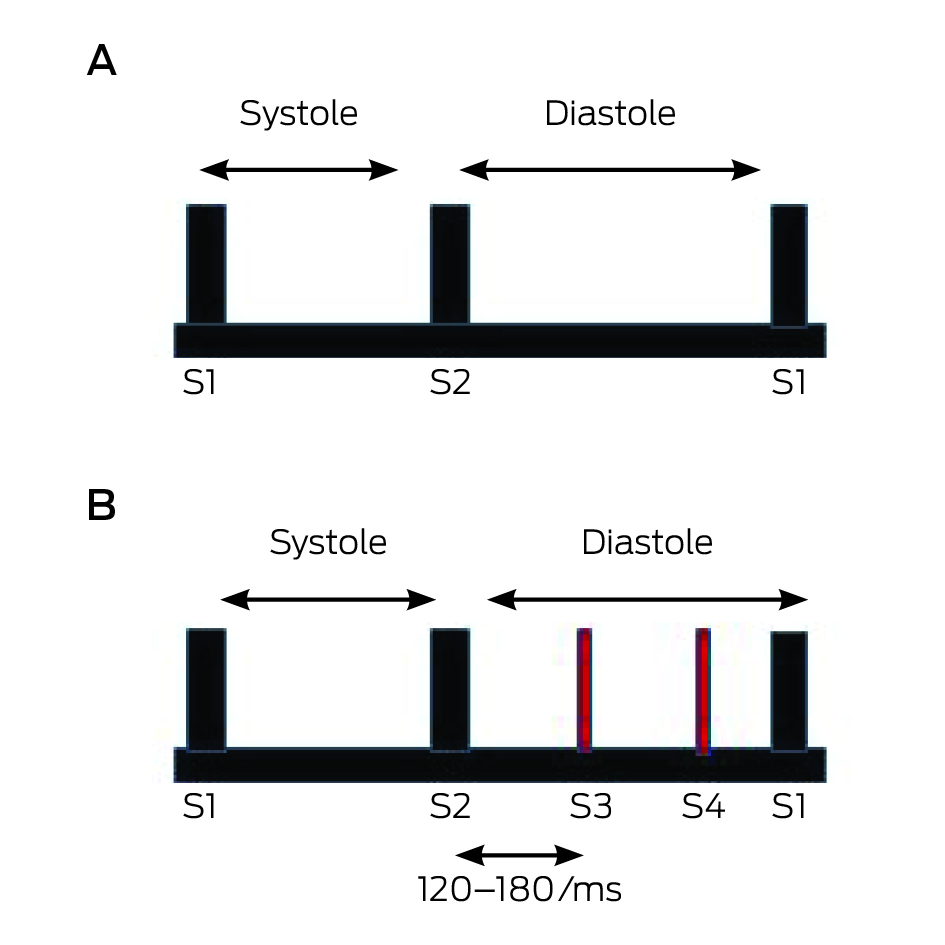PROFESSOR ROBYN LANGHAM, CHAIR, MEDICAL PRACTICE COMMITTEE
One of the benefits of the National Registration and Accreditation Scheme is the transparent development and revision of all registered health practitioners’ professional standards.
Whenever one of the 14 national boards under the Scheme wishes to revise, update or expand its professional standards, it must undertake a public consultation process, which includes disseminating a discussion paper, inviting submissions, and publishing the submissions and outcomes.
This allows considerable public scrutiny of proposals by Boards that sometimes seek to expand their practitioners’ scopes of practice beyond their training and education, and without sufficiently heeding workforce or public safety considerations.
In March, the Medical Practice Committee provided advice on the AMA’s submissions to two professional standards released for public consultation.
The first was the draft revised Professional Practice Standards for pharmacists developed by the Pharmaceutical Society of Australia (PSA). The draft standards, which have not been updated since 2010, are comprehensive and set a high bar for pharmacist practice.
Our submission commended the PSA for emphasising that standards in collaborative care, ethics and professionalism, evidence-based practice, and quality use of medicines must underpin the application of all pharmacists’ professional practice standards.
However, we made recommendations to further strengthen and clarify some of the draft standards to enhance patient privacy, patient safety, the quality of patient health care, and the collaboration between medical practitioners and pharmacists in providing person-centred care and services.
For example, in upholding principles of providing safe, evidence-based, effective and cost-effective services, the AMA commented that pharmacists must limit screening and risk assessment to services that:
- provide a demonstrated benefit to patients (actually lead to better health care outcomes);
- complement and do not duplicate existing services provided by other health professionals or services (e.g. general practitioners, community-based clinics); and
- do not lead to higher out-of-pocket costs for patients or higher costs to the health system as a whole.
The AMA’s second submission responded to the Optometry Board of Australia’s (OBA) revised Endorsement for scheduled medicines registration standard, which sets out the requirements for an optometrist to have their registration endorsed to prescribe scheduled medicines. This standard was also last updated in 2010.
The OBA is proposing to remove the list of scheduled medicines (including prescription-only medicines) that is currently attached to the standard, and attaching it instead to the Guidelines for endorsement for use of scheduled medicines. Changes to the standard must be approved by the Australian Health Workforce Ministerial Council, while changes to the guidelines do not. So moving the list of medicines from the standard to the guidelines would mean the OBA could make changes to the list of medicines without Ministerial approval.
The OBA argues that the current situation is slow, inefficient and causes unnecessary delays to patient access to new medicines.
However, the AMA strongly opposes this proposal.
Australian Health Workforce Ministerial Council approval of the standard and the medicines list is an important measure, ensuring that there is additional scrutiny at the highest level of any changes to prescription-only medicines within an optometrist’s scope of practice.
Administrative efficiency should not compromise patient safety. No evidence has been provided to support the claim that patient access to appropriate eye care is being compromised because the list is attached to the standard or that removing the list from the standard will enhance delivery of care.
It’s important that the AMA is vigilant in ensuring that non-medical practitioner prescribing does not expand beyond their scope of practice, training and education.

 more_vert
more_vert
